Microsoft Surface Laptop 13-inch review: exquisite Windows hardware
Microsoft's Surface Laptop has shrunk in size and in price, making for a very attractive Windows option indeed
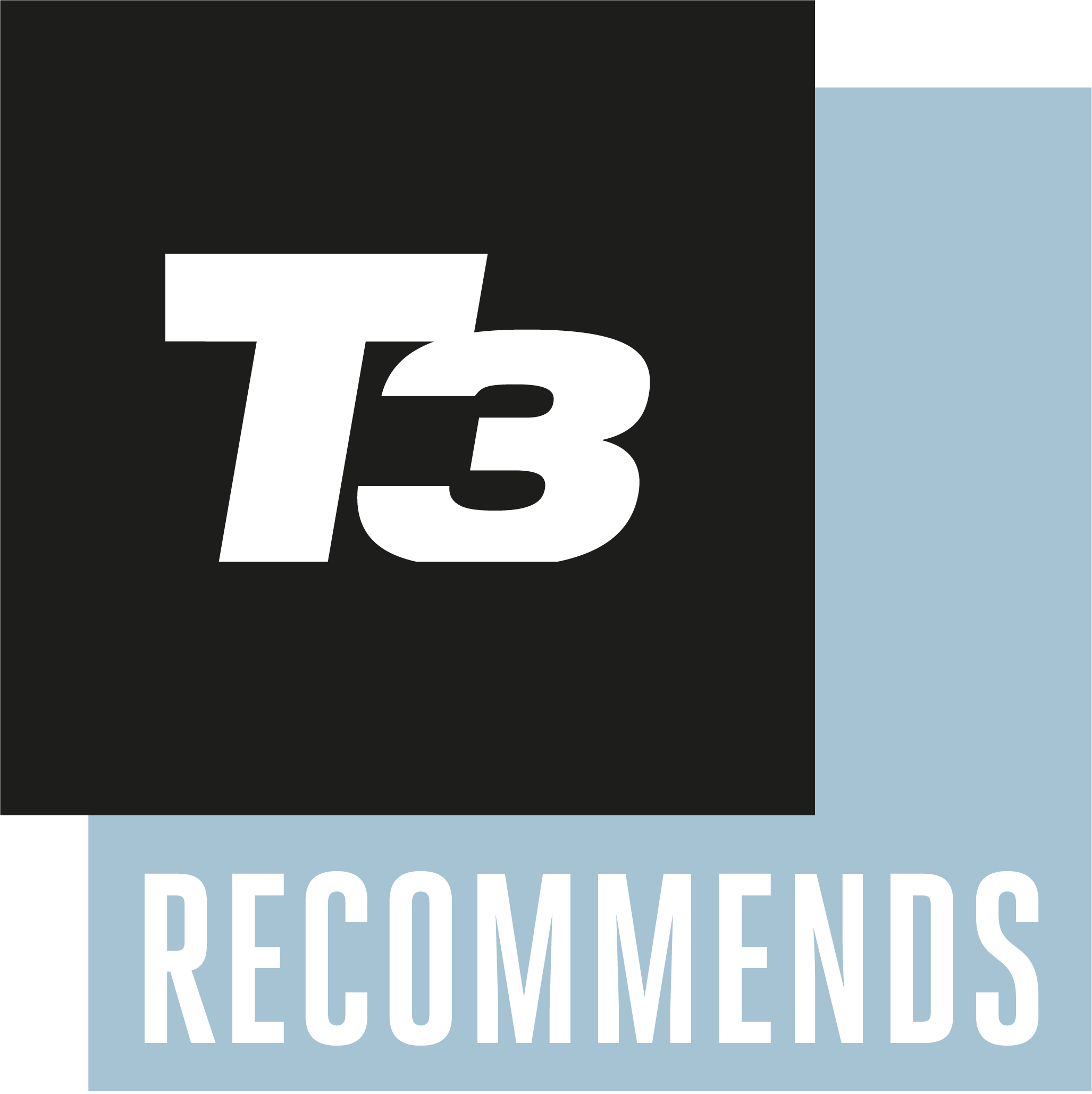
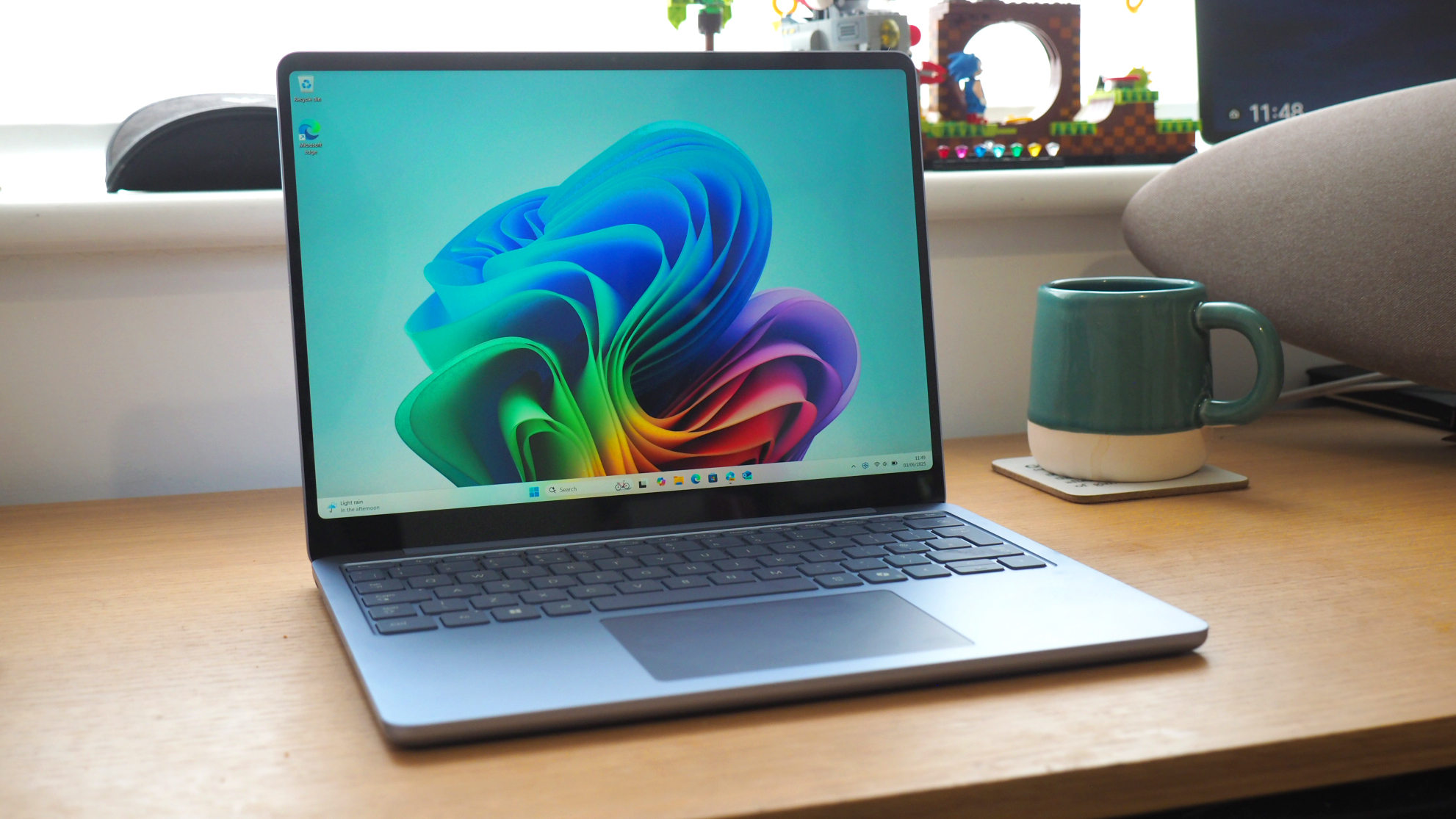
The new Surface Laptop 13-inch shows Microsoft's considerable experience in the laptop space, delivering a gorgeous-looking and impeccably built machine with little compare. It hits the right price point without considerable compromise, although the reflective screen and 60Hz refresh rate won't outsmart its best OLED rivals. Still, with all other essentials on point, this is a balanced proposition that lasts extended periods away from the plug (which isn't included, by the way) and will be a 5-star buy for many a Windows user.
-
+
Impeccable design is the best of Windows machine offerings
-
+
Smaller 13-inch display than predecessor feels ideal
-
+
USB-C, USB-A and 3.5mm ports variety
-
+
Exceptional battery life
-
-
Snapdragon X Plus can have compatibility issues with certain apps
-
-
The screen is rather reflective in its finish
-
-
The taller 3:2 aspect ratio won't suit all
-
-
No power adapter included (UK/EU)
Why you can trust T3
Microsoft has quietly reinvented the Surface Laptop for 2025. It's smaller than its 13.8-inch Surface Laptop 7 predecessor (and hurray for the end of that confusing name), thanks to a 13-inch display. It's more affordable, too, clocking a sub-four-figure asking price to further the appeal.
I swapped my MacBook Air workhorse for this new Copilot+ laptop for a full week, treating it as my own (despite its not-my-cup-of-tea new Violet finish option), in a bid to see if Microsoft has nailed its attempt to deliver the best laptop for Windows users.
Long story short: the new Surface Laptop is a 13-inch dream in many respects, delivering a best-of in Windows hardware, complete with impressive performance and battery life. Save for one or two quirks, it's a balanced prospect that shows Microsoft's now highly experienced hand in the laptop space.
Price & Availability
The Surface Laptop 13-inch starts at £899 in the UK and $899 in the USA, making it cheaper than its Surface Laptop 7 predecessor. Double the storage from 256GB to 512GB and it jumps up to £/$999.
In Australia, the Surface Laptop 13-inch bucks that 'cheaper' trend, where it starts from AU$1,699 for the 256GB device. The 512GB option is AU$1,899.
What used to be the Surface Laptop 7 now becomes the Surface Laptop 13.8-inch, clearly displaying its name for size clarity. This offers a marginally more powerful Qualcomm Snapdragon X Plus/Elite. The Surface Laptop 15-inch also remains on sale.
Design

Okay, I might have overstated that Microsoft has reinvented the Surface Laptop. I think that's a good thing, though, as this familiar-looking and familiar-feeling hardware (for those who've used one before) remains on point in its quality and build.
Get all the latest news, reviews, deals and buying guides on gorgeous tech, home and active products from the T3 experts
Gone, however, is Microsoft's proprietary magnetic connector for charging. While I don't mourn that by any means, it does effectively mean you lose a port – as you'll be using one of the two USB-C sockets to charge as needed.
Ports are otherwise varied enough to bridge the gap between 'then and now', with a single USB-A also present, plus a 3.5mm headphone jack for those of us who aren't using the best wireless headphones (or who might want to plug some other kit in).
As I've long thought (and to quote T3's previous Surface Laptop review): "all-round build impressions are stellar". Nothing's changed in that regard here, with Microsoft's fit and finish a clear grade above the other Copilot+ laptops that we've reviewed – of which there are many (some do give it a fair run for its money, though, such as the Samsung Galaxy Book Edge).
Some of the little touches bring a real flourish of consideration to usability, down to the easy-opening mechanism of the laptop's lid, to the smooth-yet-rigid hinge which allows you to firmly locate the panel in your desired position. It's an exemplary build.
Display
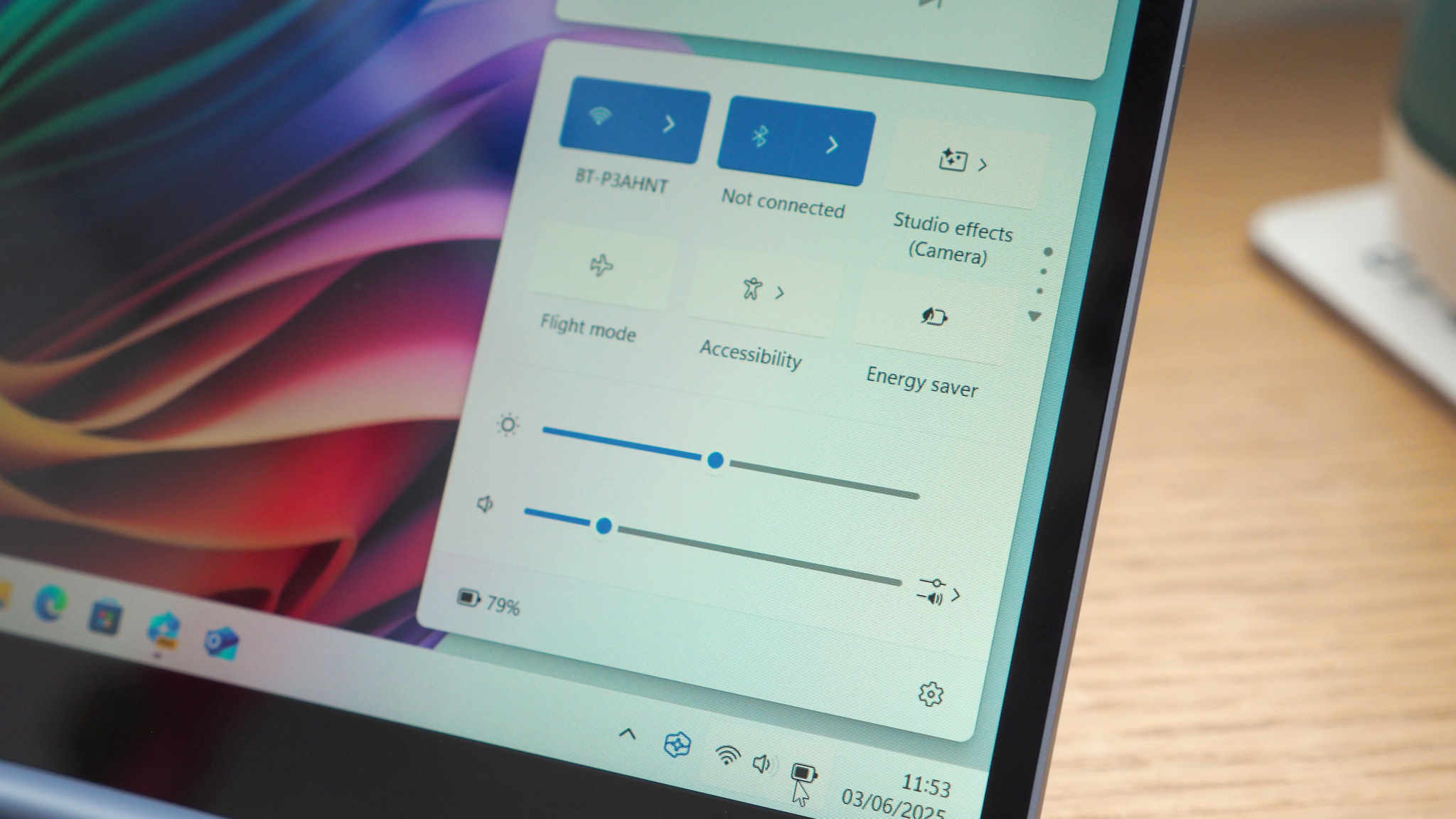
As said above, the display this time around is smaller than its predecessor's. But not by much – 13-inch on the diagonal isn't hugely smaller than 13.8-inch, as before, but it's that subtle change that makes the new Surface Laptop eminently more portable and just, for me, a better life fit.
It weighs 1.22kg, marking a 120g reduction as a result of this 'shrunken' design nature. Sure, that's not the lightest laptop ever, but it sits nicely on the knees – and there are no heat vents on the base to cook your legs. This Snaprdagon X Plus hardware isn't fanless, however, but it takes a bit of prodding to get the fan to kick in.
The Surface Laptop's display continues with the thinned-out screen bezel, which, while it won't win any records as 'smallest ever' in the industry, does beat the current MacBook Air that I own – which is a tick in Microsoft's scorecard, no doubt. As before, Microsoft likes its rounded corners, which extend to the display, giving the Surface Laptop a 'soft' and almost 'friendly' aesthetic (especially in the Violet finish).
The display itself is generally a success, but there are some shortcomings to note. It's given the 'PixelSense' moniker, but it's a lower density than the older Surface Laptop models, given the 1920 x 1280 resolution. It's also 60Hz rather than 120Hz, so a step down in that department and where smoothness potential is concerned. Oh, and it's not the dream OLED panel many would have liked.
All of that I don't mind, frankly, as I find the resolution, contrast and brightness are more than ample. And not even the MacBook Air goes higher than 60Hz, much as I'd like it to. My one main bugbear with the Surface Laptop's display is actually its reflective coating – without brightness ramped right up, it's more reflective than I find typical. So not great for brighter conditions or outdoors.
Keyboard & Trackpad

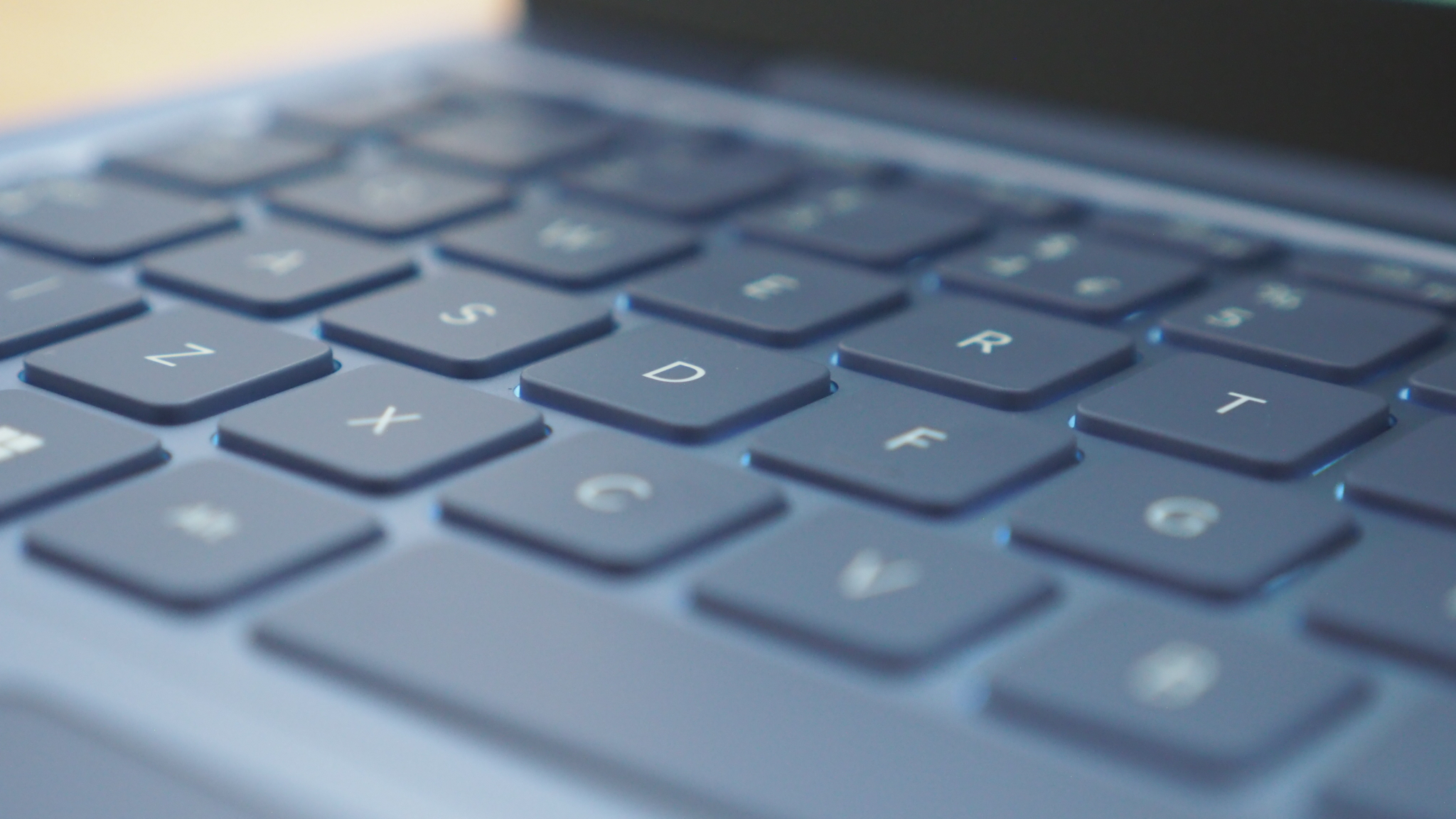
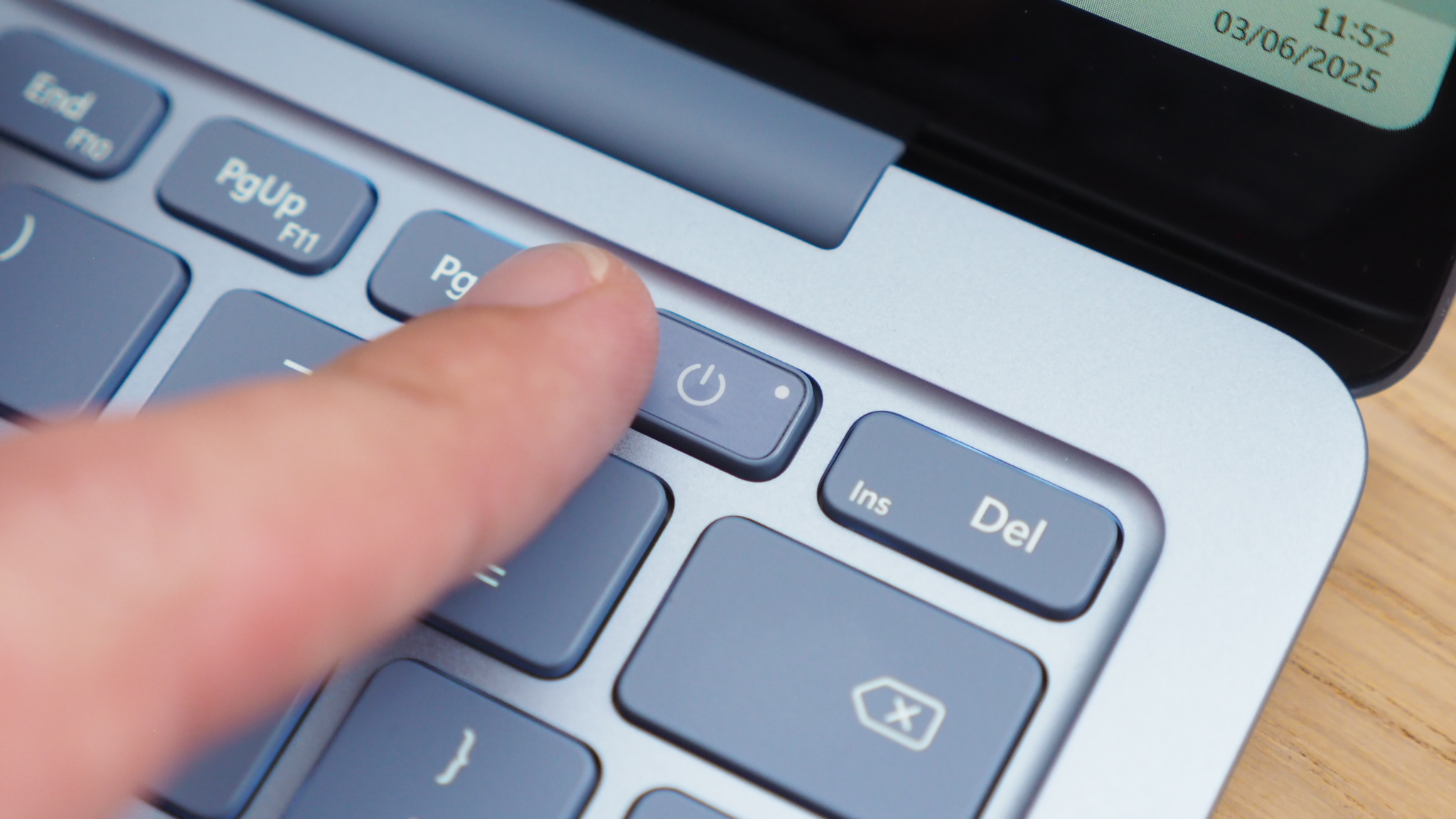

It might go without saying, but a laptop's keyboard and trackpad are core components that you really need to run well, day in, day out. It's almost bizarre how many don't get this quite right. Microsoft, however, delivers a pitch-perfect keyboard here for my liking.
While the keys don't travel super far, at 1.3mm, they have a substantial feel and 'clack' about them. Switching from MacBook Air to this felt completely and utterly natural – and fairly familiar.
There's a backlight, too, which can be adjusted between three brightness levels or switched off. It's easy to control via the F5 key. The other function keys can handle key controls such as volume and display brightness, and there's a handy Windows Hello compatible fingerprint scanner over the power button, positioned one shy of the right edge, by the Del button.
So that's the keyboard checked off the list with great success. But the story continues down this positive lane when it comes to the trackpad, too, which is probably the single best in its class. It's not oversized like some, and combines a gloriously smooth glass surface with a brilliant clicker – which is sharp, precise and quiet in its motion, wherever you press.
Performance
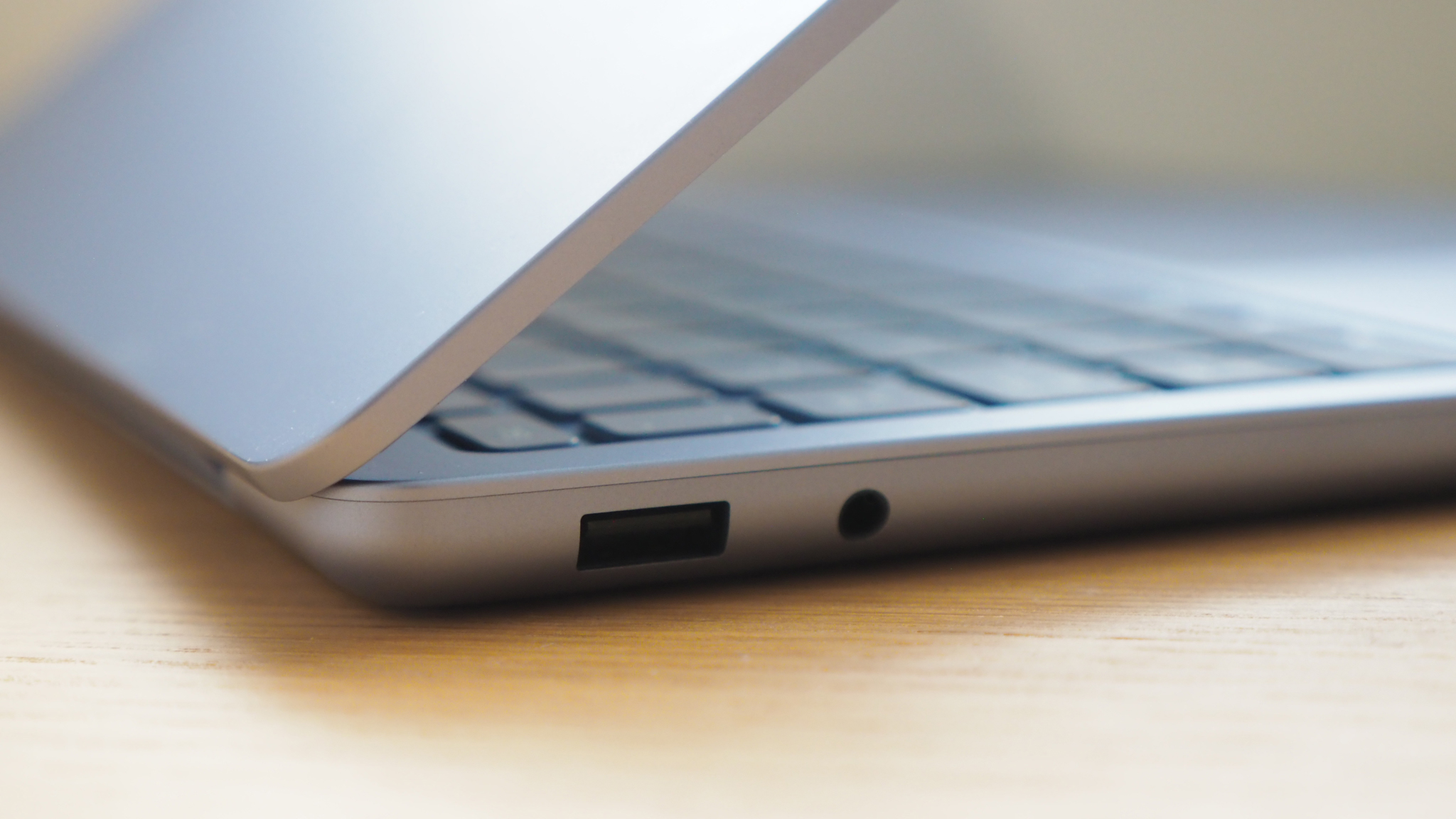
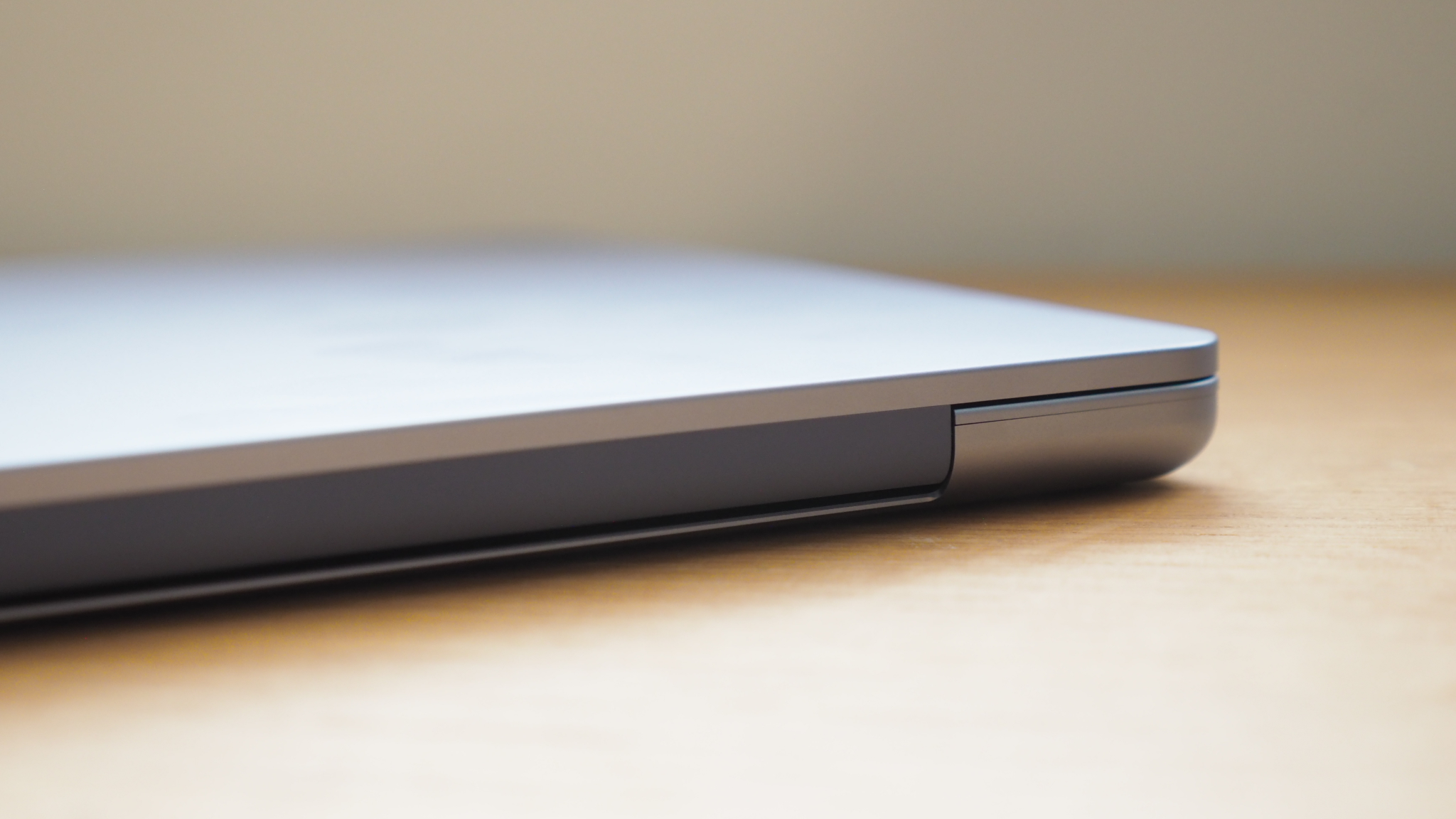
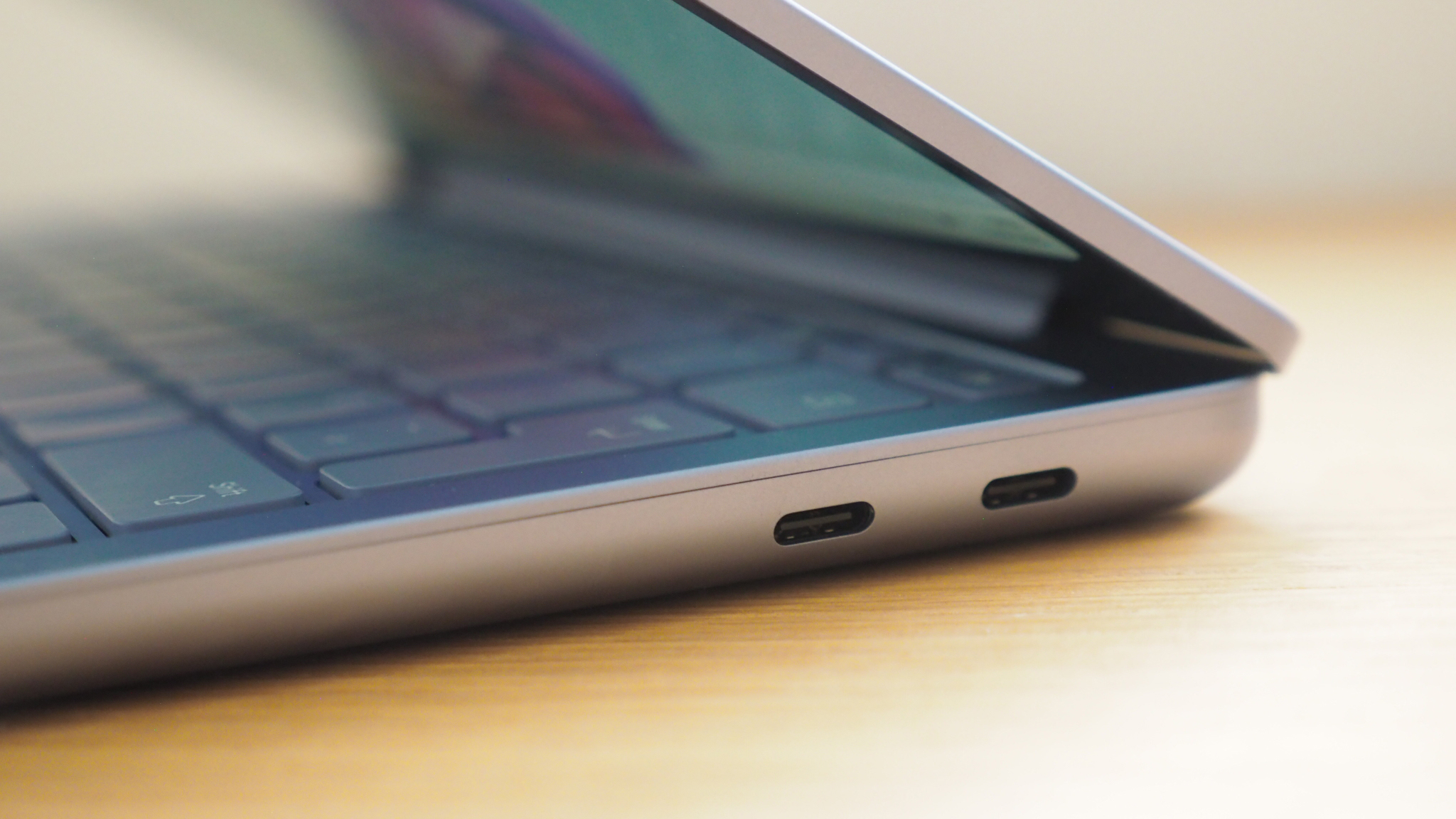
In addition to shrinking the latest Surface Laptop from 13.8- to 13-inches, Microsoft has also elected to marginally downgrade the base processor on board too. It's Qualcomm's Snapdragon X Plus, but in its 8-core rather than 10-core variant. You can't upgrade this, that's reserved for the larger 13.8- and 15-inch models only.
But you know what you're getting from the off, and I feel it's a very balanced approach that delivers decent compatibility with super-long battery life and agreeable performance for suites of apps. This is more than ample for what most people will need from a daily driver laptop for work and play – assuming you don't need to do massive heavy lifting CGI or modelling tasks, in which case look elsewhere.
The Surface Laptop seems tailored to make virtually no noise regardless of what you do, which I massively appreciate. The number of laptops I've used over the years that sound like rocketships preparing for take-off haunts my dreams. Yes, the Surface Laptop has a fan array, but you'll barely notice it – even when it needs to kick in.
As said before, there is also a slight compatibility consideration to be made with Qualcomm's Snapdragon PCs. In general they can run just about everything, but you can find the odd incompatible app, or games that won't run quite properly. It won't be a deal-breaker for most people, but it's something to keep in mind.
Battery
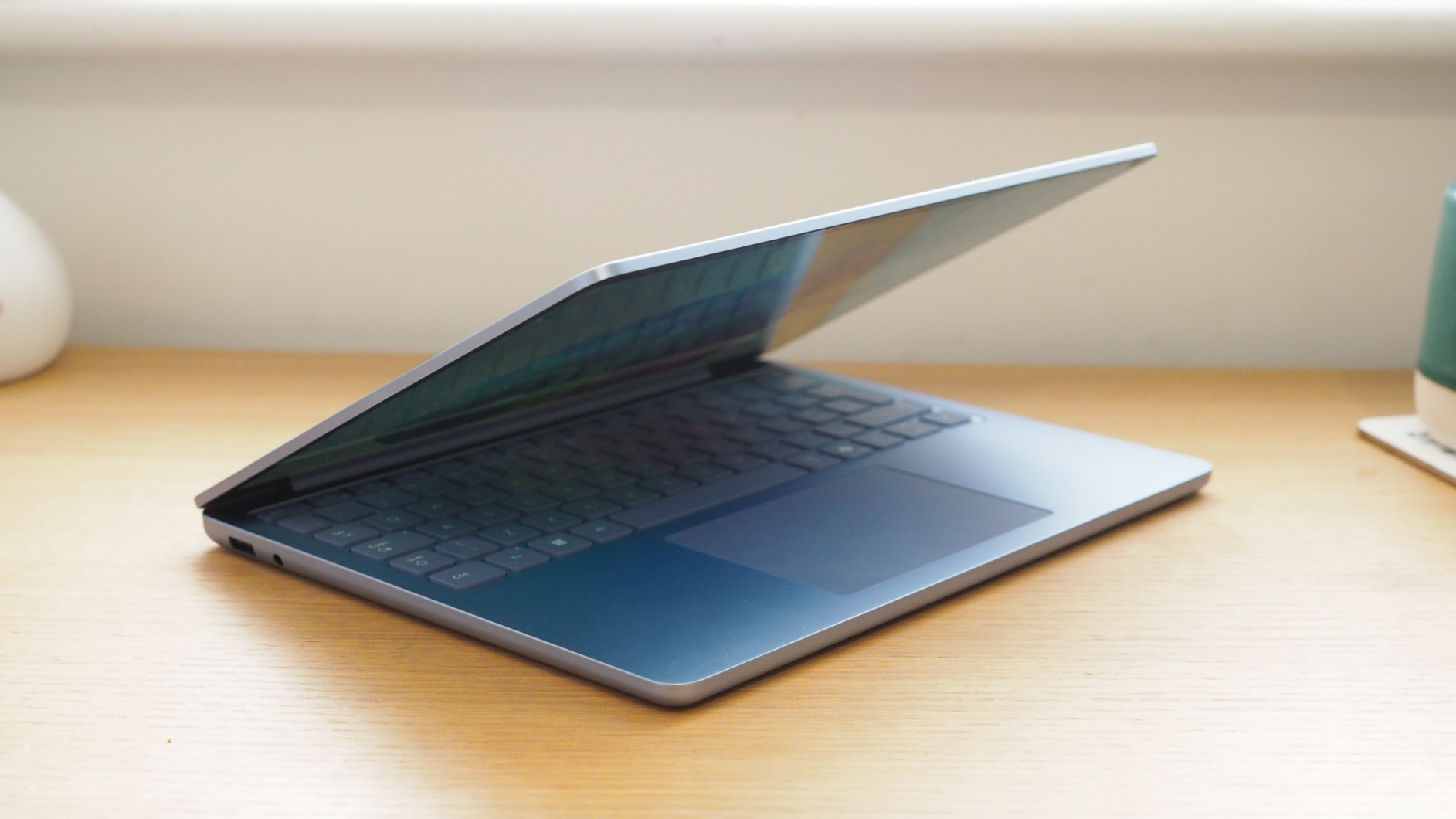
That's the thing: if you want rock-solid legacy support, then Intel's CPUs are by far the most assured. Just the battery life isn't going to get anywhere near what you'll find from Qualcomm's offering. Therein lies your conundrum – not that the Surface Laptop 13 has any Intel option, as this is Qualcomm all the way.
Because the Surface Laptop 13's battery life is stellar. As ever with my laptop reviews, I ran a YouTube video in a browser at full brightness (and sound at 20%), with a 1440p full-screen session dropping a mere 8% in an hour. You could stream from Wi-Fi for a comfortable 12 hours or more, which is borderline absurd performance – but most welcome.
Not that you'll be streaming all day, every day. I've found the Surface Laptop 13-inch to be solid when it comes to a day's productivity, too, using a variety of Google Docs, Chrome tabs (many dozens of tabs, believe me), video calls and Bluetooth streaming to a nearby Bluetooth speaker. It still lasts for 12 hours, which has seen my work days consistently run into overtime.
Copilot+ AI
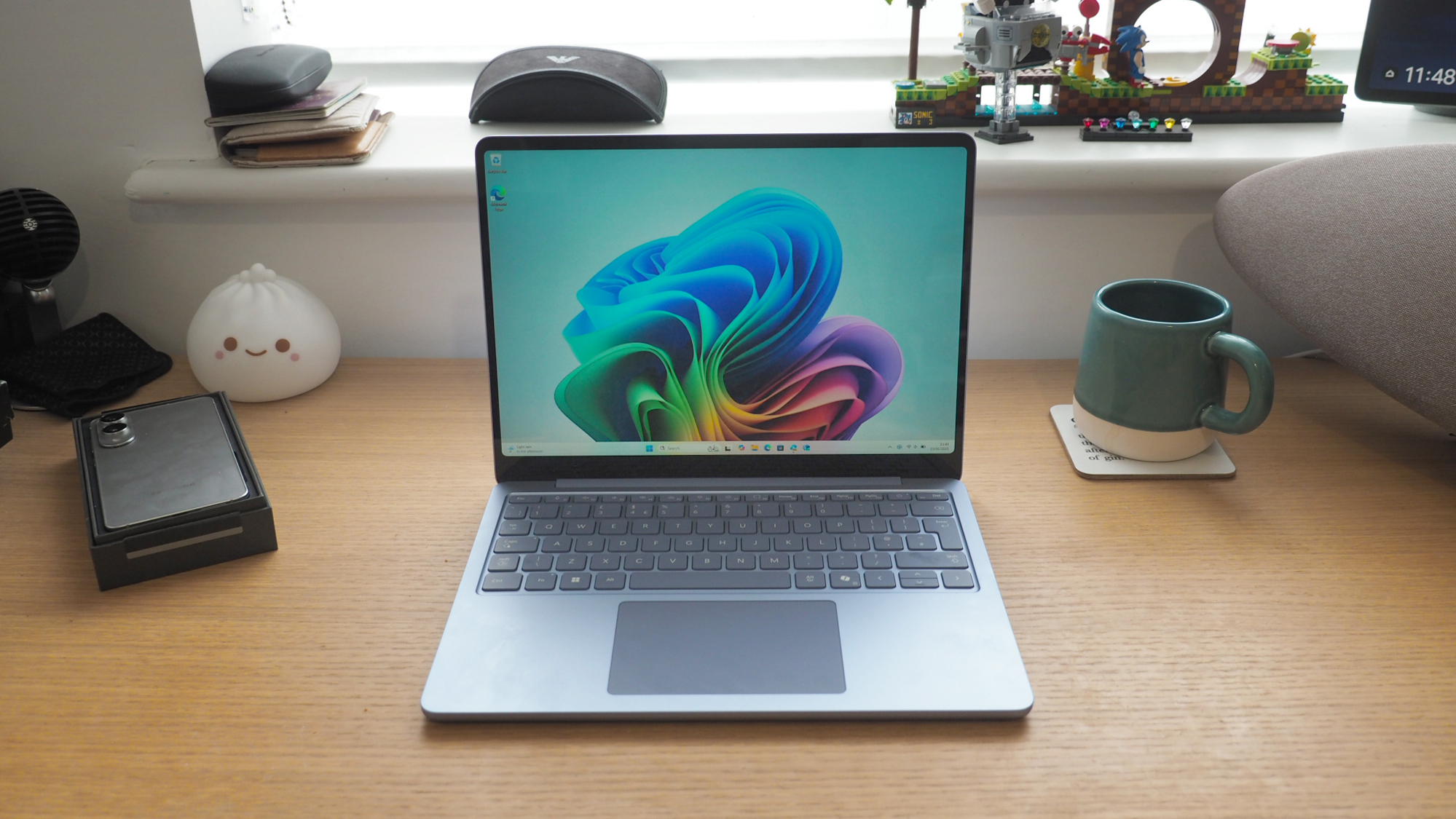
There's me using Google Docs and Chrome, the naughty 'Google boy', which is likely less of what Microsoft really wants me to be using. After all, this is a Copilot+ PC, which means it comes with a variety of AI features, including some that are present in Microsoft's suite of apps.
Copilot is an AI assistant, in short, which you can call up through Microsoft's own apps (using the Copilot key, next to the '<' left arrow) – Bing, Edge, and more, with newer integration into Microsoft 365 (Word, Outlook, PowerPoint). You can use text or voice to prompt it in a conversational manner, thanks to the recent rollout of Think Deeper.
New features include the much-delayed Recall, which is akin to a photographic memory of your Surface Laptop's 'mind'. Like a memory, you can seek out snapshots from the past, creating a more natural type of search. It's linked to your account, protected behind Windows Hello, and you have to opt in for it to be active. App specifics can be blocked as you choose.
Artificial intelligence is certainly here to stay, whatever your views on it, and Microsoft is at the forefront of this movement. I've not found the above features to be more than nice-to-haves, personally, but perhaps I'm fixed in my established ways of working. Those who dabble in them, however, may find a fundamental shift in productivity and ease of use, which can only be a positive.
Microsoft Surface Laptop (2025) review: Verdict
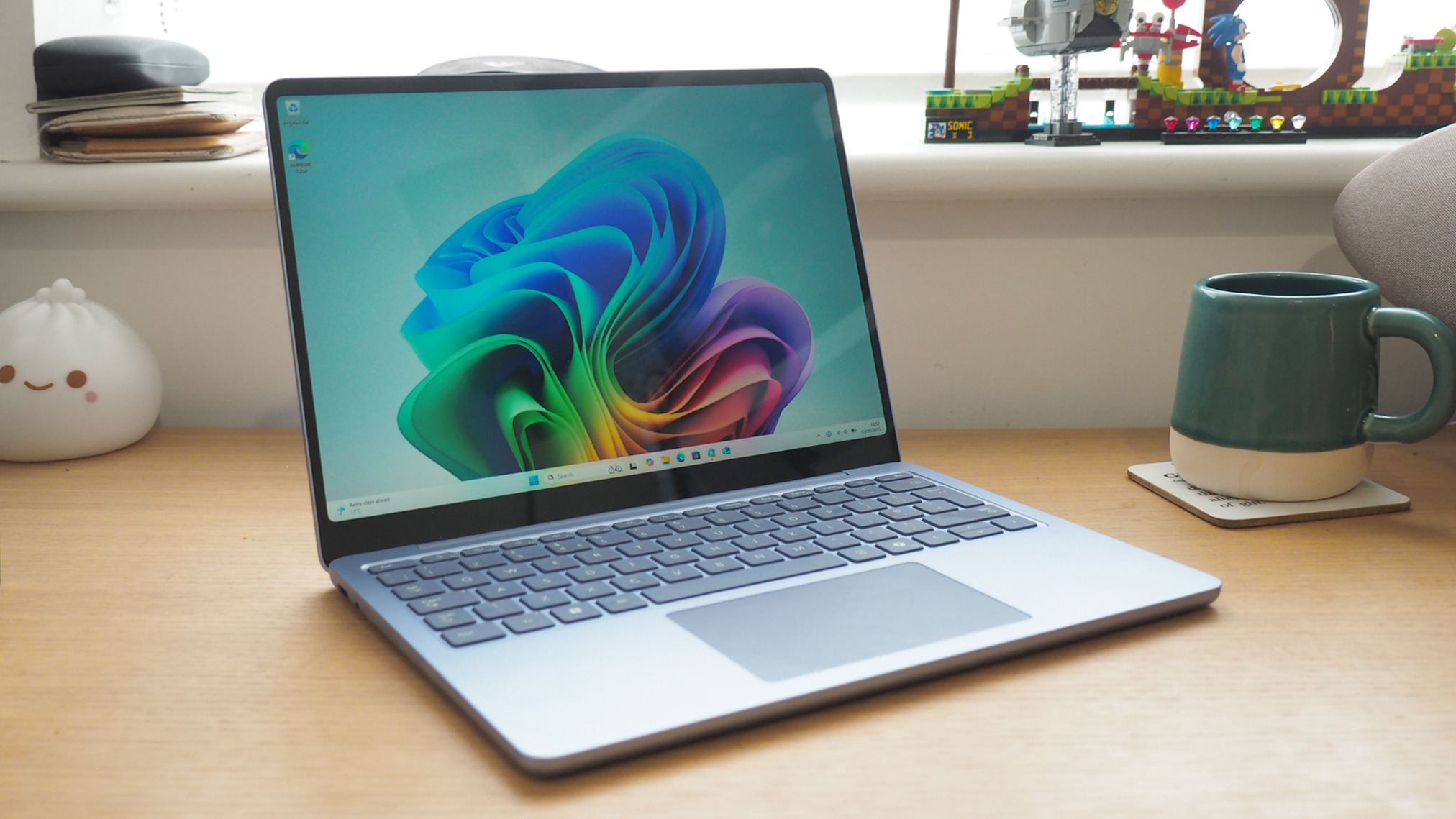
The new Surface Laptop 13-inch shows Microsoft's considerable experience in the laptop space, delivering a gorgeous-looking and impeccably built Windows machine that's with little compare.
It hits the right price point without considerable compromise, although that reflective screen does bother me a little, and the lower power and refresh rate here may prompt some to lean towards the 13.8- and 15-inch models instead. I think it's a very balanced proposition, though.
As a long-time MacBook Air user, my week-long experience with the Microsoft Surface Laptop 13 has been really positive. It's as good as Windows machines get in this category, delivering the essentials absolutely spot on, in a long-lasting package that pushes some lesser-considered competitors into the background.
Also consider
If you've got a little more cash to spare, then Samsung's Galaxy Book 5 Pro is a standout model for 2025 too.
If you're not fixed to Windows, however, then the MacBook Air is a comparable MacOS equivalent that also delights.

Mike is T3's Tech Editor. He's been writing about consumer technology for 15 years and his beat covers phones – of which he's seen hundreds of handsets over the years – laptops, gaming, TV & audio, and more. There's little consumer tech he's not had a hand at trying, and with extensive commissioning and editing experience, he knows the industry inside out. As the former Reviews Editor at Pocket-lint for 10 years where he furthered his knowledge and expertise, whilst writing about literally thousands of products, he's also provided work for publications such as Wired, The Guardian, Metro, and more.
You must confirm your public display name before commenting
Please logout and then login again, you will then be prompted to enter your display name.
